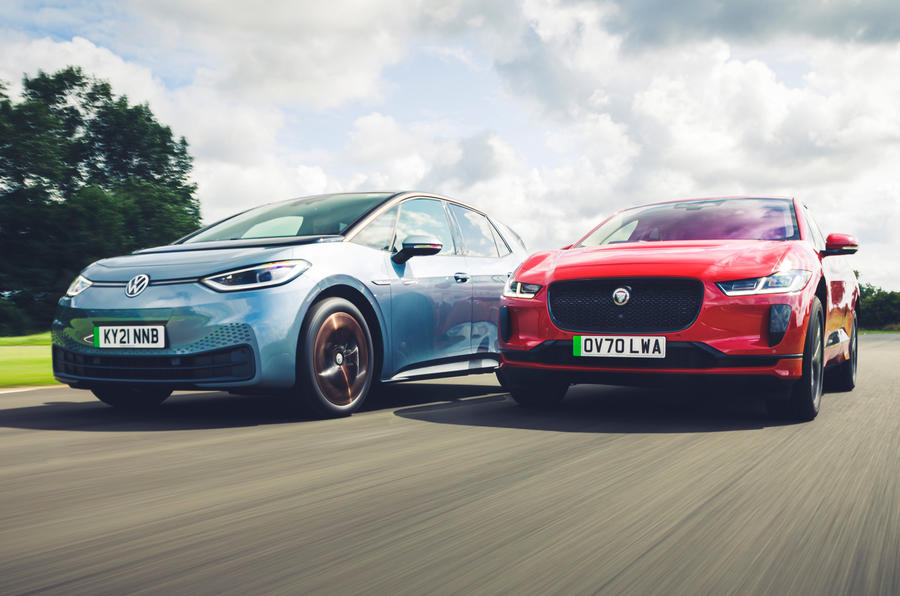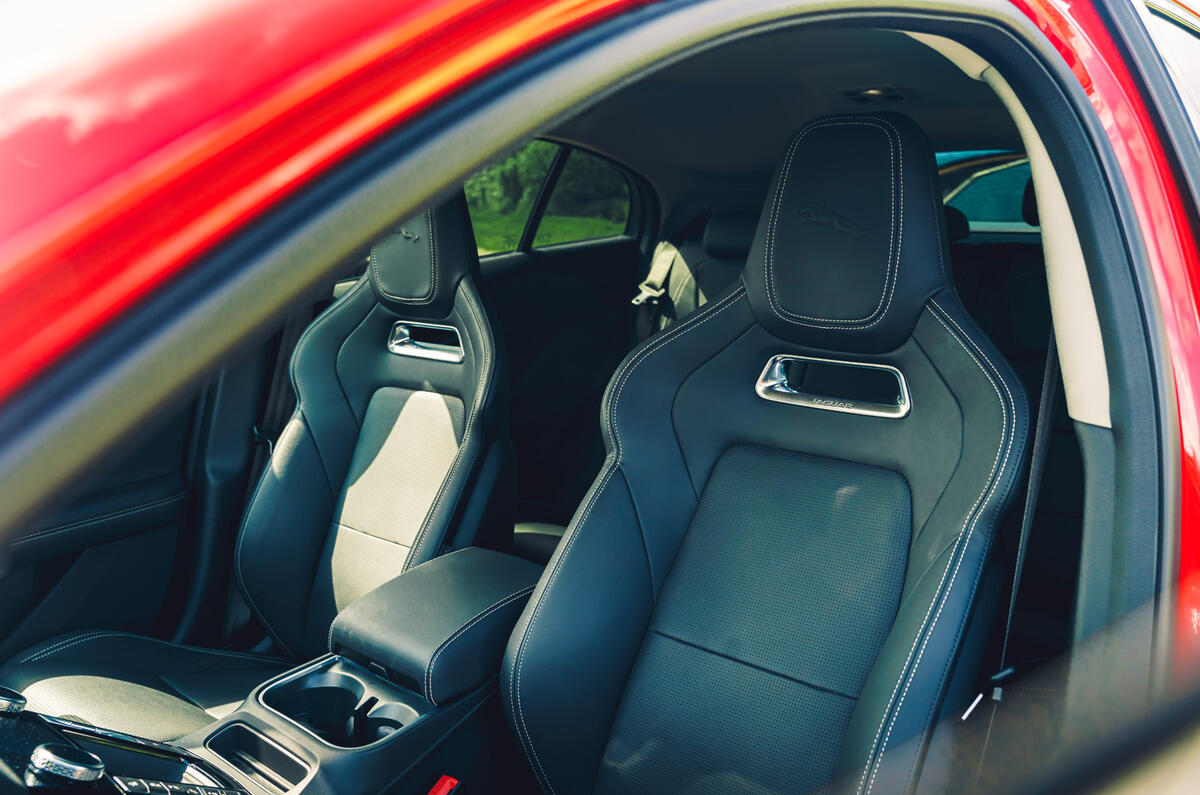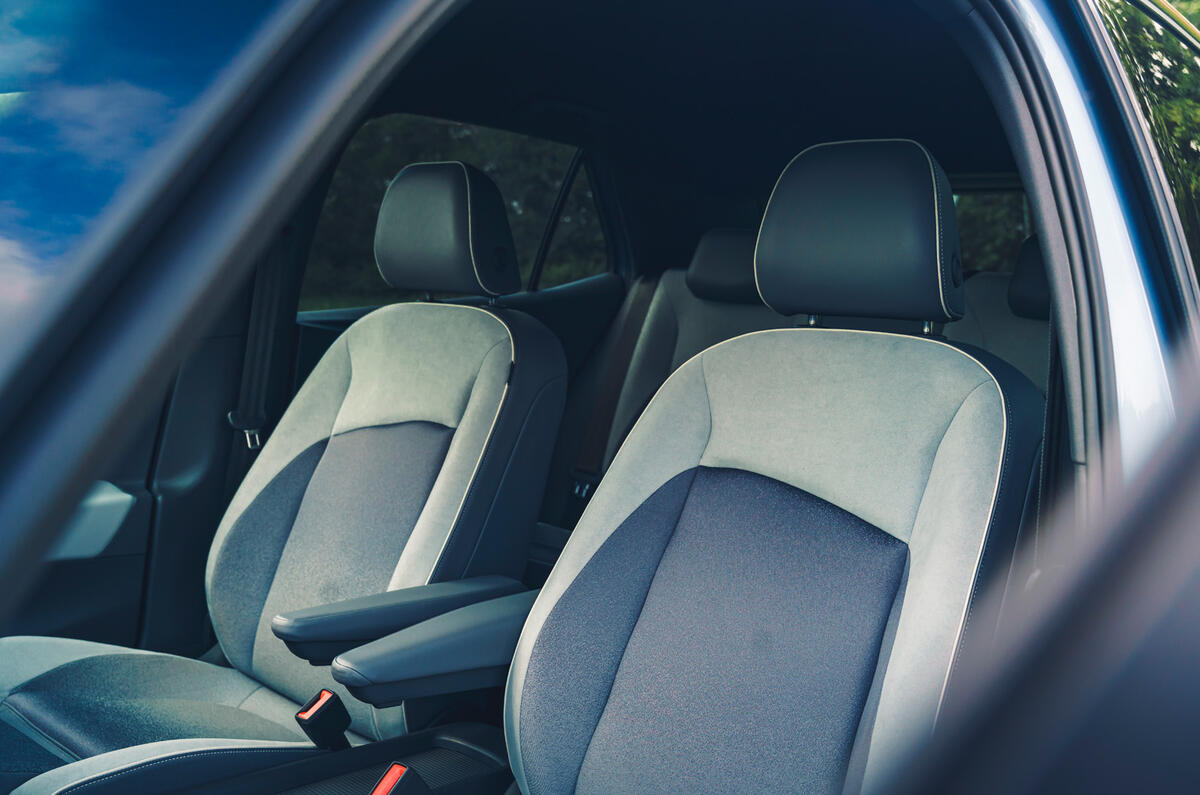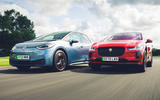The used car scene is never better than when it’s putting temptingly within your reach a car that you had imagined would be unattainable, or bringing viability to a vision for personal or family transport that might otherwise have remained a pipe dream. It’s doing that all the time, of course, right across the full spectrum of the car market – which is why we love it. But right now, and perhaps more significantly than anywhere else, it’s doing it with the electric family cars that, a few years ago, first demonstrated how an EV could be practical, usable, desirable, versatile and uniquely rewarding to own.
The subset of cars we’re talking about here isn’t a big one. The Mercedes-Benz EQC is a member of it, the cheapest two-year-old examples of which are now closing on £50,000. The Audi E-tron is, too – and used examples of that car at a similar age can already be found for less than £45,000. The Tesla Model S has been available second-hand for less than £40,000 at five years old or more for a few years now, and used Tesla Model Xs aren’t too far from cropping up for less than £50,000.
But then there’s the Jaguar I-Pace, which beat its German equivalents to market by nearly a year back in 2018. The all-electric Jaguar is now set to cross an important threshold as a used car, with the earliest examples about to hit that key three-year life-cycle milestone. And so, as many lease deals and finance terms expire over the next few months, used examples will be brought back into showrooms, and then often traded on, in bigger numbers than they have been so far. Watch the classifieds closely this autumn and, before too long, the sub-£40,000 I-Pace is sure to pop into existence. Once it’s with us, it will be here to stay.
Funnily enough, that’s exactly the kind of money that you might now be considering spending on a new EV – albeit perhaps one of a slightly subordinate size and class than the I-Pace.
This story is part of a wider feature that sees new cars go up against used alternatives. You can read the rest here











































Join the debate
Add your comment
Interior space in the ID3 is superior, both left and right and height, but another error of the writer.
A new 33 ID3, before many discounts, is far superior to a 3 year used ipace, except for badge snobs
A lazy article
People seem to be obsessed with the list price but the vast majority of new cars are bought via a PCP or lease, so the important figures are the deposit and the monthly repayments, not the RRP.
Agree to Cavellini, the price as new of electric cars is to steep it clearly slows down adoption meaning we can't expect families to go electric, until practical electric family cars either go down in prices or reach second hand market at 30K or less. People aren't magially going to be able to afford 40K because manufacturers can't produces those cars for less.